Ancient civilizations often surprise us with their advanced technologies, showcasing ingenuity and innovation far beyond their time. From the sophisticated engineering of the pyramids to the precise astronomical knowledge of the Maya, these early societies achieved remarkable feats. This article explores some of the most impressive technological advancements from ancient civilizations, highlighting their lasting impact on history and modern science.
Ancient Egypt
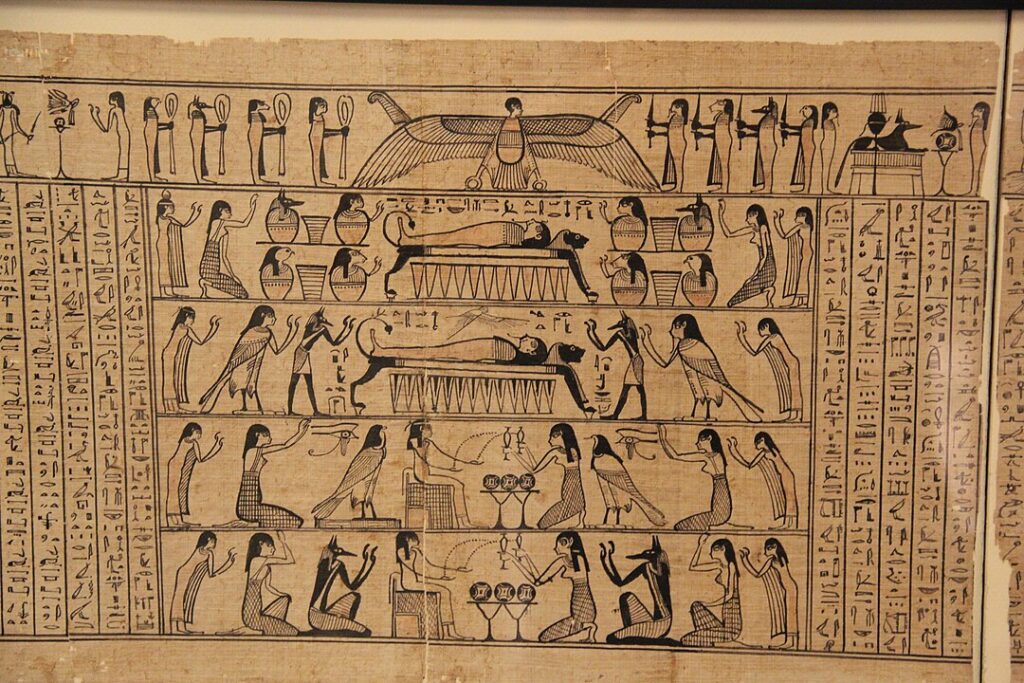
Ancient Egypt is renowned for its impressive architectural feats, notably the construction of the pyramids. These structures required advanced knowledge in mathematics and engineering, using precise measurements and aligning with astronomical phenomena. The Egyptians also developed sophisticated irrigation systems for agriculture, advanced medical practices including surgery and dentistry, and early forms of papyrus-based paper and ink for writing.
Ancient Greece

Ancient Greece contributed significantly to various fields, including mathematics, astronomy, and engineering. They developed the Antikythera mechanism, an early analog computer used to predict astronomical positions and eclipses. Greek architects and engineers also designed complex structures like the Parthenon, employing advanced understanding of geometry and mechanics. Additionally, their philosophical and scientific inquiries laid the groundwork for Western science and technology.
Ancient China

Ancient China is credited with numerous technological innovations, such as papermaking, printing, the compass, and gunpowder. The Great Wall of China is a testament to their engineering prowess. Chinese inventors also created sophisticated agricultural tools and irrigation systems, contributing to enhanced food production. Their advancements in metallurgy, including cast iron and steel production, were pivotal in developing weapons and infrastructure.
The Roman Empire
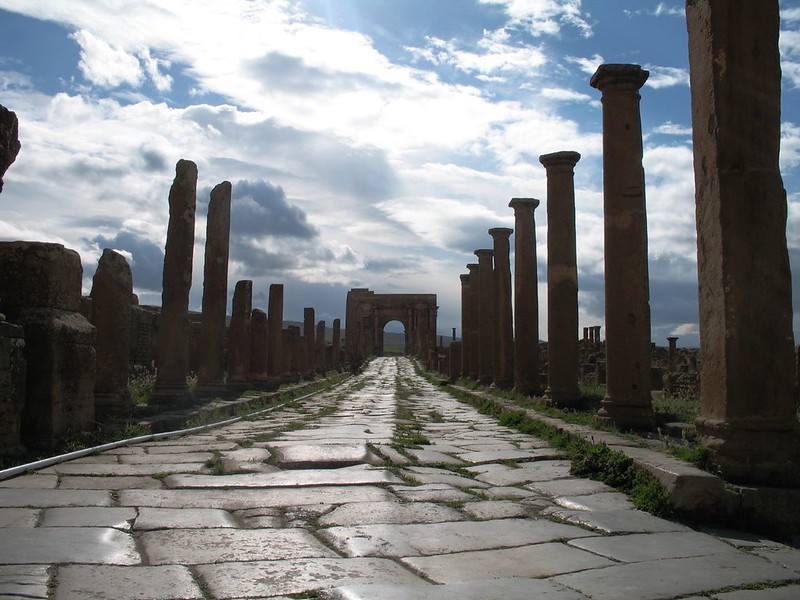
The Roman Empire’s technological advancements are evident in their extensive road networks, aqueducts, and monumental architecture like the Colosseum. Romans developed concrete, which revolutionized construction. Their innovations in public health included complex sewage systems and public baths. Additionally, Roman engineering achievements in military technology and urban planning were instrumental in their ability to control a vast empire.
The Indus Valley Civilization
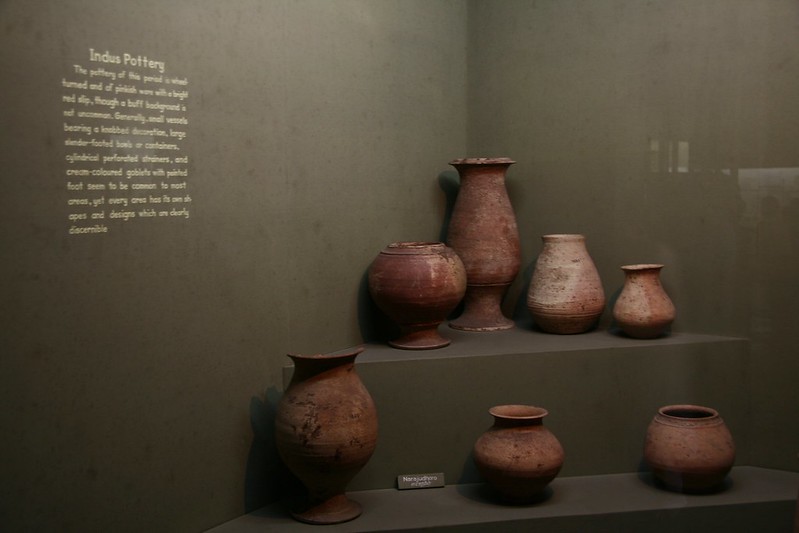
The Indus Valley Civilization, located in present-day Pakistan and India, exhibited advanced urban planning, with well-organized cities, sophisticated drainage systems, and standardized weights and measures. They developed early forms of script and had a thriving trade network. The civilization’s metallurgy skills, particularly in copper and bronze, were advanced for their time, aiding in tool and weapon manufacturing.
The Maya Civilization
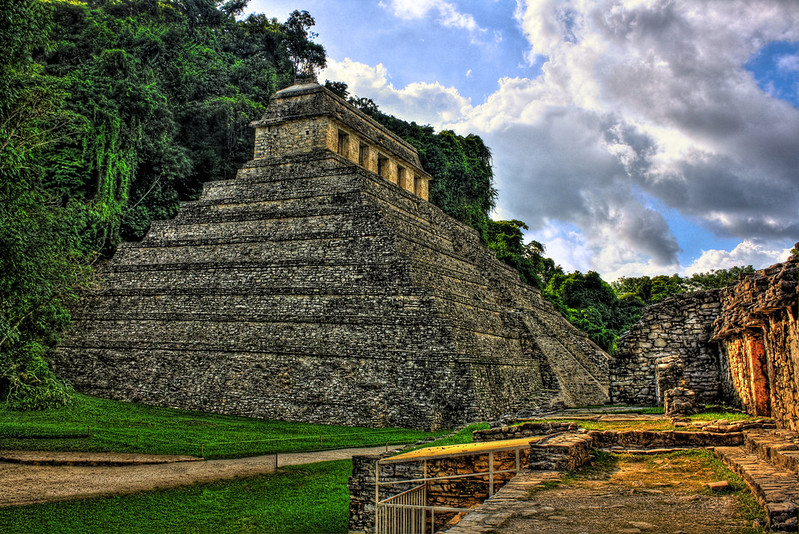
The Maya Civilization in Mesoamerica is known for its advanced knowledge of astronomy and mathematics. They created an accurate calendar system and developed the concept of zero independently. Mayan architecture, including pyramids and palaces, showcases their engineering skills. They also had a complex writing system and made significant agricultural advancements, including terracing and irrigation.
The Inca Empire
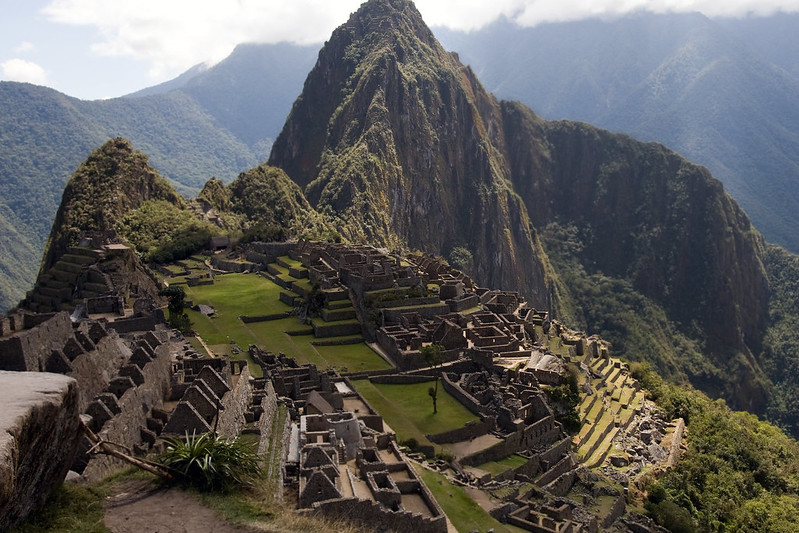
The Inca Empire, located in South America, demonstrated remarkable engineering abilities, particularly in constructing terraced fields and irrigation systems that allowed agriculture in mountainous regions. Their road network, spanning thousands of miles, included suspension bridges and was crucial for communication and transport. The Incas also excelled in stone masonry, as seen in structures like Machu Picchu, built without mortar yet withstanding earthquakes.
The Aztec Empire
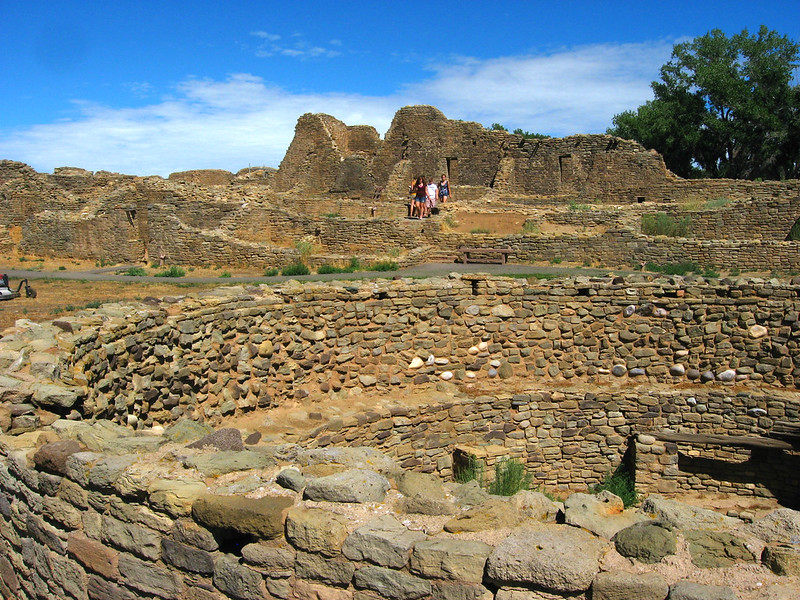
The Aztec Empire, centered in present-day Mexico, developed advanced agricultural techniques such as chinampas (floating gardens) to maximize crop production. They constructed impressive city structures, including Tenochtitlan, with complex water management systems featuring canals and aqueducts. The Aztecs also had a rich cultural heritage, with achievements in medicine, astronomy, and a sophisticated calendar system.
The Babylonian Civilization
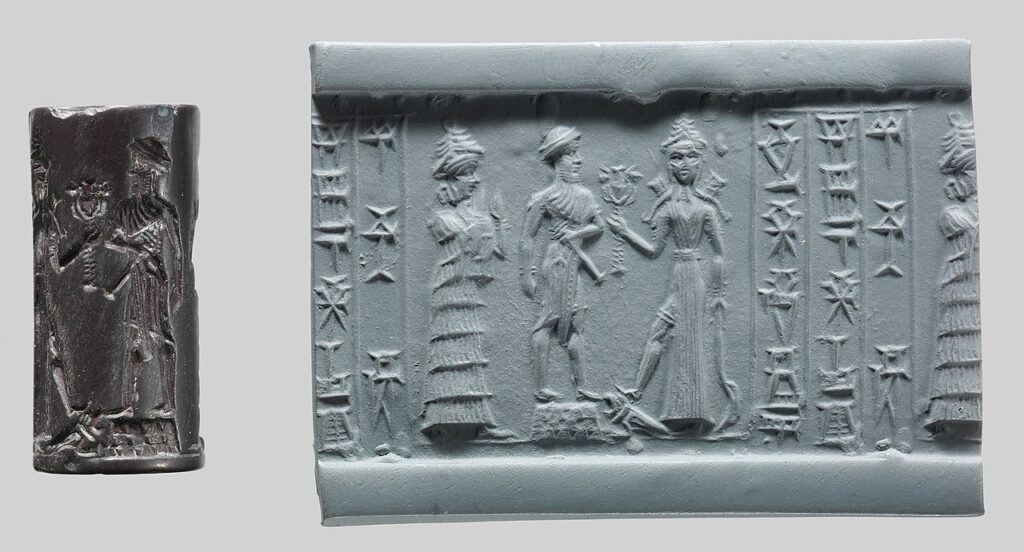
The Babylonian Civilization, part of Mesopotamia, is noted for its contributions to mathematics and astronomy. They developed a base-60 number system, which influenced modern time-keeping and geometry. The Babylonians also created detailed astronomical records and predictive models. Their engineering skills are evident in the construction of the Hanging Gardens of Babylon, one of the Seven Wonders of the Ancient World.
The Sumerian Civilization
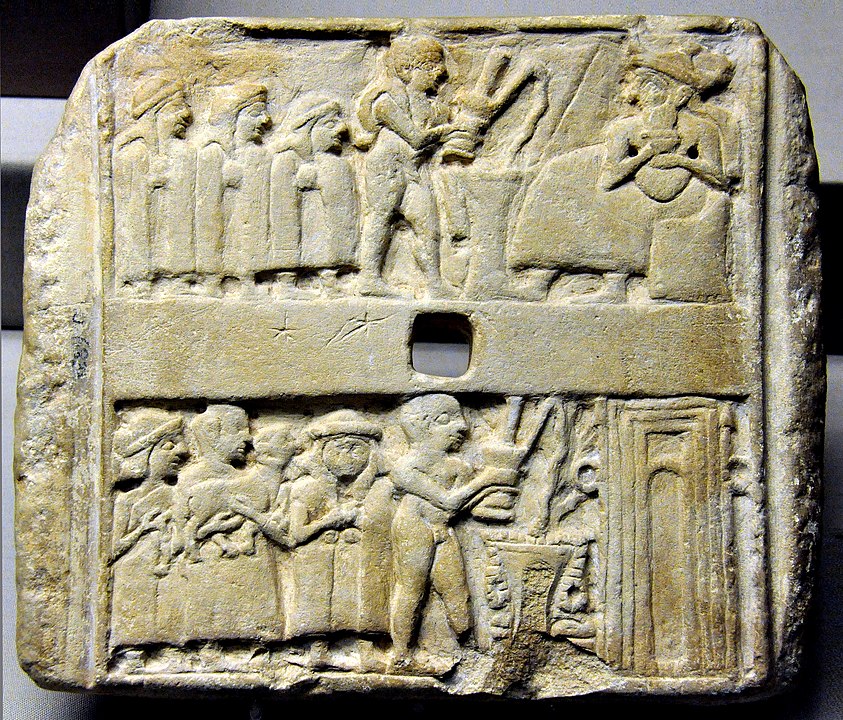
The Sumerians, also in Mesopotamia, are credited with creating one of the first writing systems, cuneiform. They developed early forms of the wheel, which revolutionized transport and pottery making. Sumerian city-states had advanced irrigation systems and ziggurats, demonstrating their architectural skills. They also made significant contributions to mathematics, including a sexagesimal (base-60) system that influenced later civilizations.
The Persian Empire
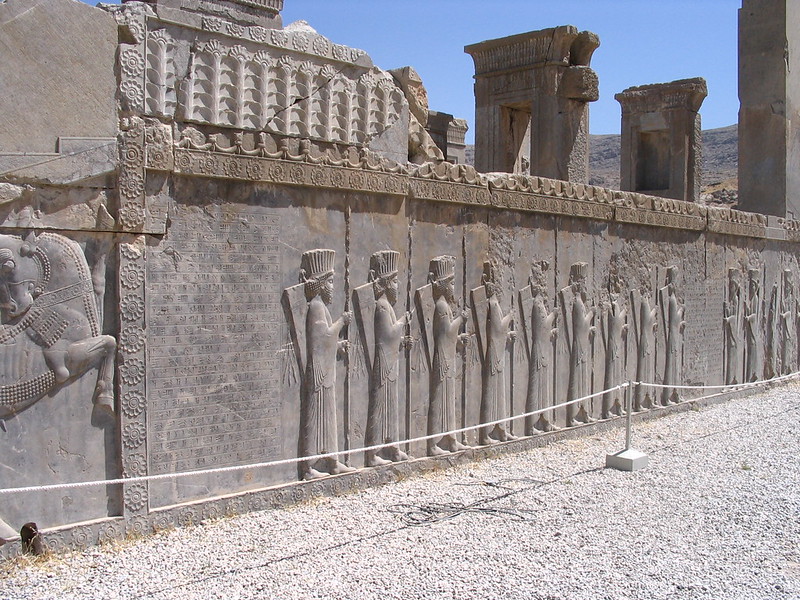
The Persian Empire, known for its administrative and architectural innovations, built an extensive road system, including the Royal Road, facilitating communication and trade across vast distances. They developed qanats, an ancient water management system for irrigation. The Persians also excelled in medicine, astronomy, and metallurgy, influencing later Islamic and European advancements.
The Carthaginian Civilization
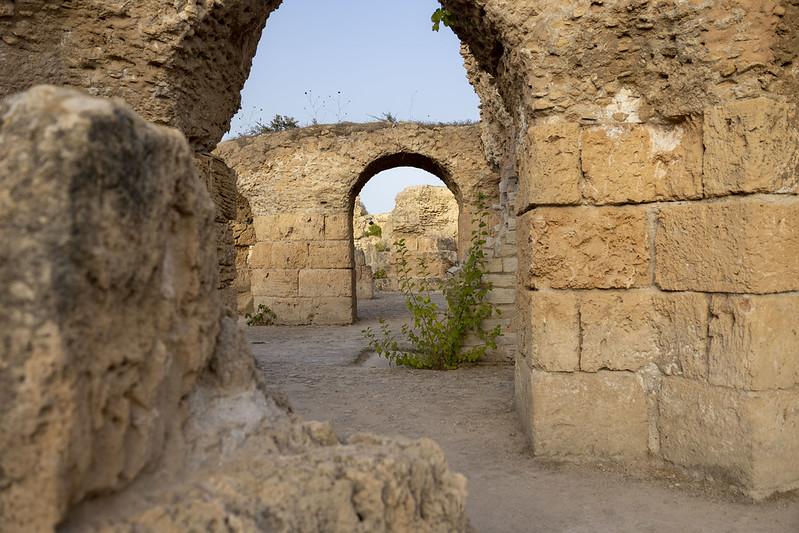
The Carthaginians, based in North Africa, were exceptional seafarers and traders. They developed advanced shipbuilding techniques and navigational skills, dominating Mediterranean trade. Carthage’s urban planning included sophisticated harbors and impressive defensive walls. Their economic and military strategies showcased a deep understanding of logistics and engineering.
The Minoan Civilization
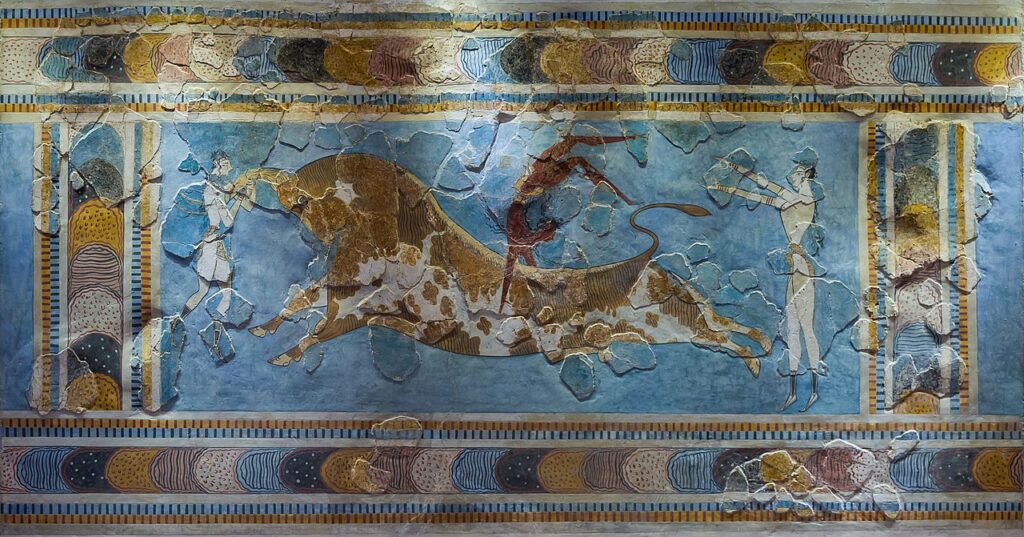
The Minoan Civilization on Crete exhibited advanced architectural and engineering skills, seen in the palace complexes like Knossos, with intricate drainage systems and multi-story buildings. They developed Linear A and B scripts for record-keeping and had sophisticated maritime trade networks. Minoan art and craftsmanship, particularly in pottery and frescoes, reflect their cultural and technological sophistication.
The Hittite Empire
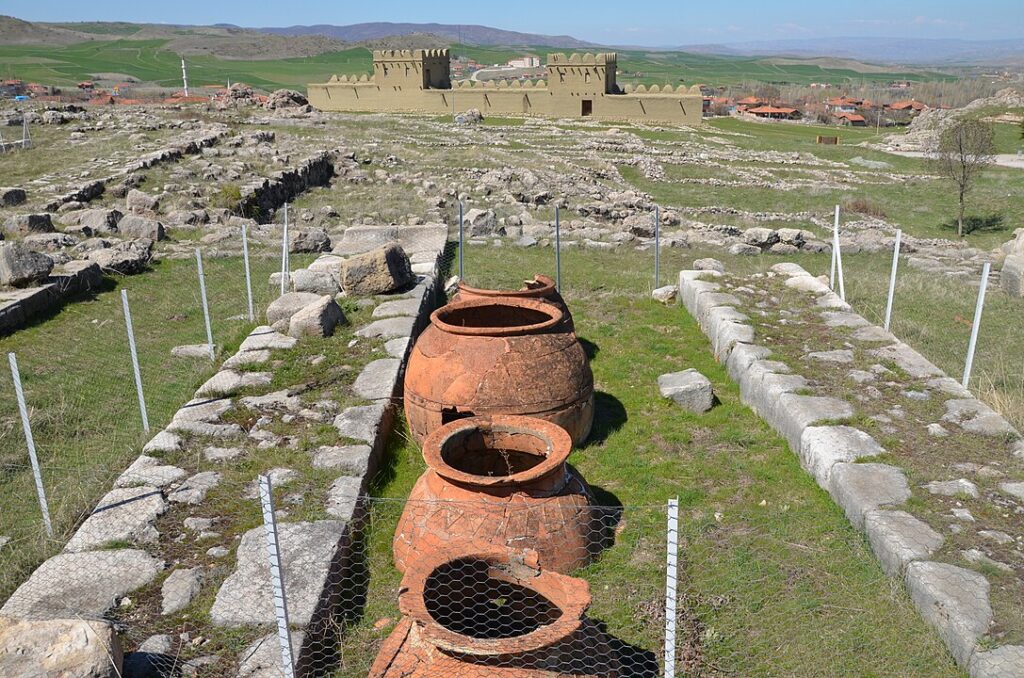
The Hittites, based in Anatolia (modern Turkey), were pioneers in ironworking, advancing metallurgy significantly. Their use of iron weapons gave them a military edge. The Hittites also developed an extensive legal system and built impressive fortified cities. Their achievements in chariot warfare and diplomatic practices, including early peace treaties, were notable.
The Phoenician Civilization
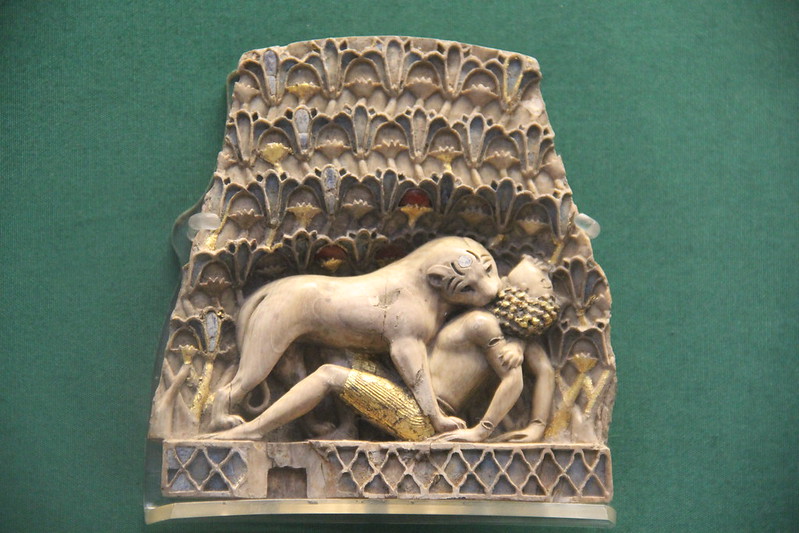
The Phoenicians, renowned for their maritime prowess, developed advanced shipbuilding and navigation techniques. They established extensive trade networks across the Mediterranean. The Phoenician alphabet was a significant contribution to writing systems, influencing Greek and Latin scripts. Their urban planning and engineering skills are evident in cities like Carthage and Tyre.
The Olmec Civilization
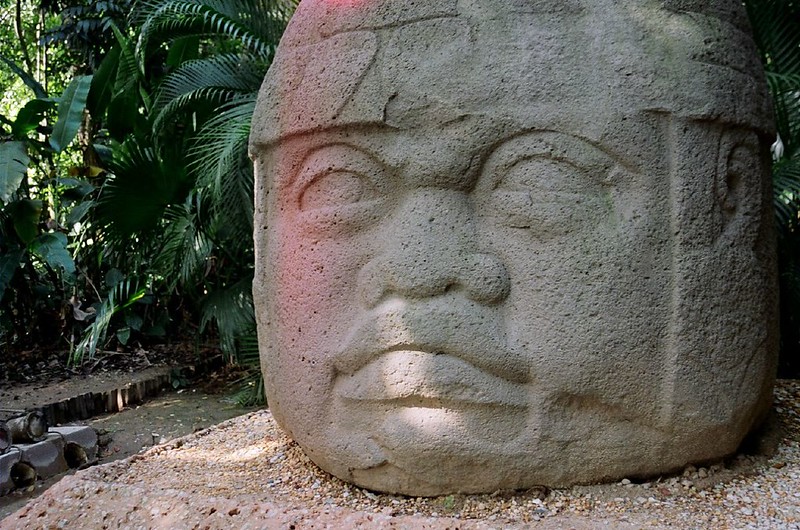
The Olmec Civilization in Mesoamerica is known for its colossal stone heads, indicating advanced sculpting techniques. They developed early forms of writing and a calendar system. The Olmecs built complex ceremonial centers with sophisticated drainage systems. Their agricultural innovations and influence on subsequent Mesoamerican cultures, like the Maya and Aztecs, highlight their technological prowess.
The Celtic Civilization

The Celts, spread across Europe, exhibited advanced metallurgical skills, particularly in ironworking. They constructed impressive hill forts and developed intricate art styles in metalwork and ceramics. Celtic druids had extensive knowledge of astronomy and natural sciences. Their innovations in agriculture, including crop rotation and animal husbandry, were advanced for their time.
The Khmer Empire
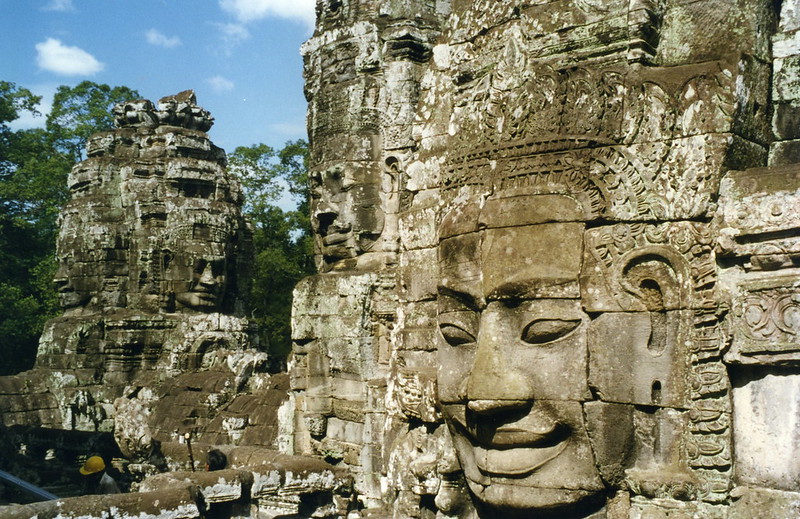
The Khmer Empire, centered in present-day Cambodia, is renowned for its architectural achievements, particularly Angkor Wat. This temple complex demonstrates advanced engineering and water management skills, with extensive reservoirs and irrigation systems. The Khmers developed sophisticated road networks and urban planning, contributing to their empire’s economic and cultural prosperity.
The Nabatean Civilization
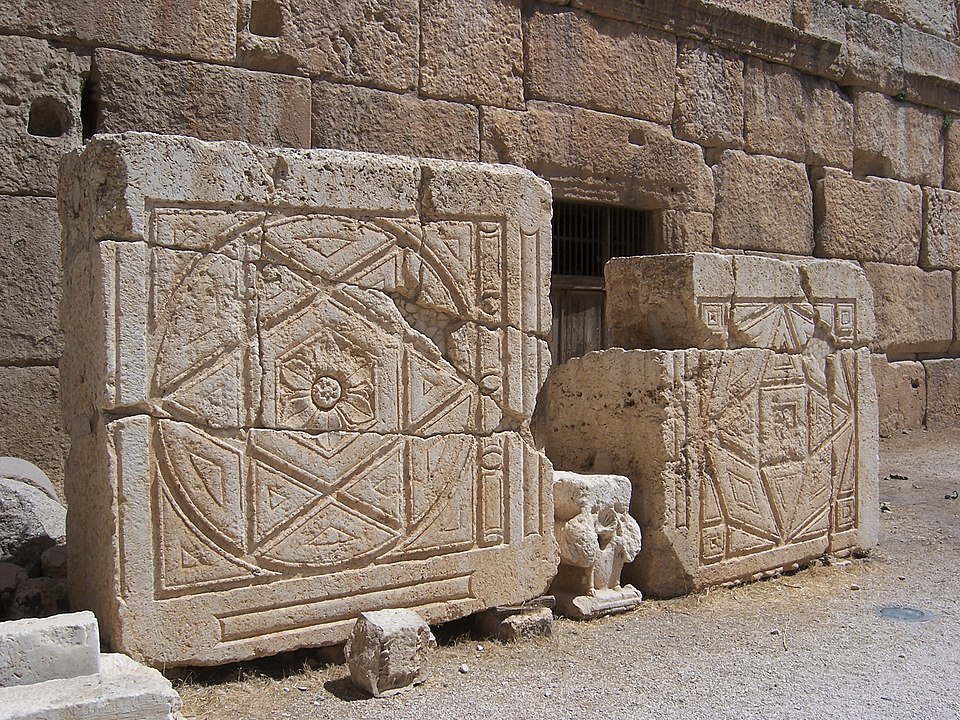
The Nabateans, based in the Arabian Peninsula, were master builders and hydraulic engineers. Petra, their capital, showcases their rock-cut architecture and advanced water management systems, including cisterns and aqueducts. The Nabateans developed a written script and had extensive trade networks, facilitating cultural and technological exchanges.
The Aksumite Empire
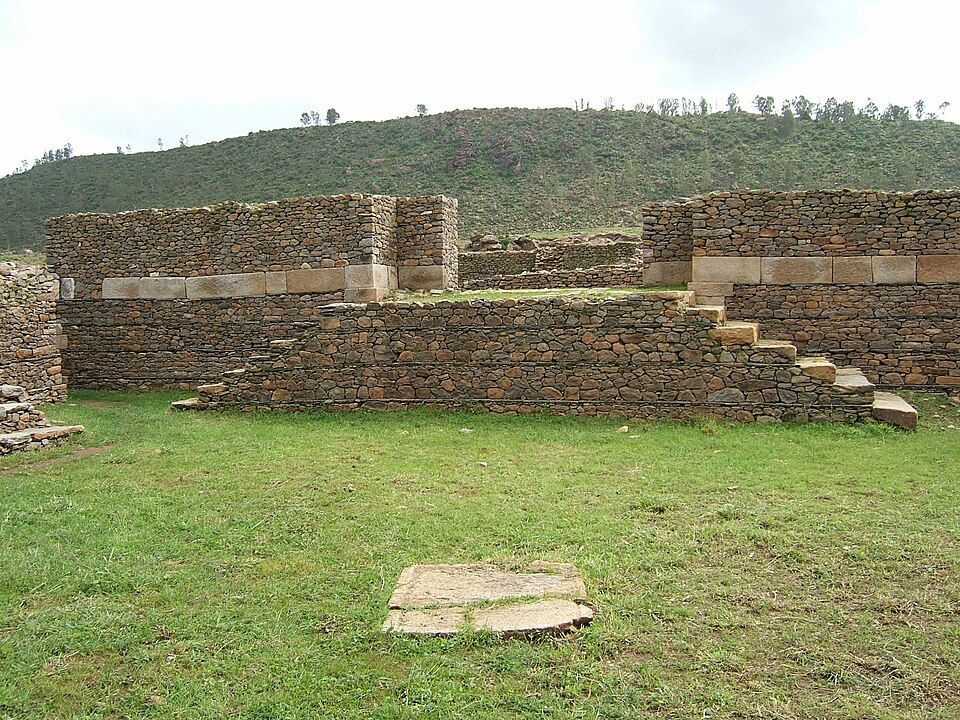
The Aksumite Empire in East Africa demonstrated advanced engineering skills, particularly in constructing obelisks and underground tombs. They developed a unique written script, Ge’ez, and had extensive trade networks connecting Africa, the Middle East, and Asia. The Aksumites also excelled in metallurgy and agriculture, supporting a prosperous and influential civilization.
This article originally appeared on UnifyCosmos.
More from UnifyCosmos
23 Misunderstood Facts About Healthy Sleep

In this article, we will debunk some of the most common misunderstandings about sleep, helping you achieve more restful and rejuvenating nights. From the myth of needing eight hours to the belief that naps are always beneficial, it’s time to set the record straight on how to cultivate truly healthy sleep habits. Read more!
20 Signs Your Friendship Might Be Toxic

Sometimes, what seems like a close bond can become harmful over time. Recognizing the signs of a toxic friendship is essential for your well-being. Here are some key indicators that your friendship might be more damaging than beneficial. Read more!
20 Financial Decisions You`ll Wish You Made Earlier

In this article, we’ll explore key financial moves you’ll regret not making sooner, from investing wisely to managing debt effectively. These steps can set you on a path to financial stability and success, ensuring you make the most of your hard-earned money. Read more!
Leave a Reply